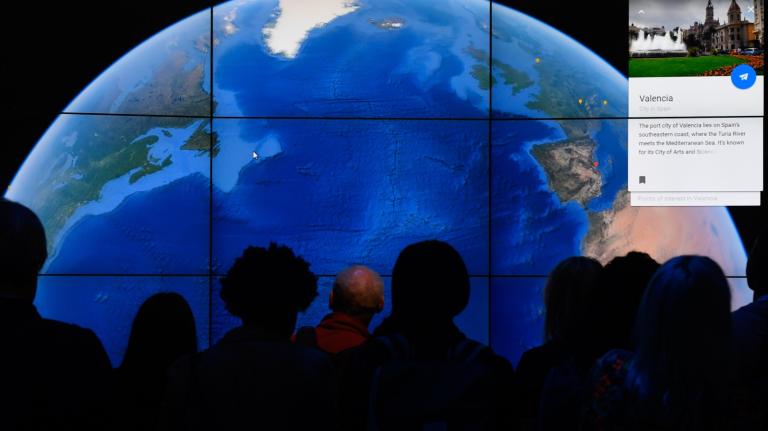 Three years into a decade-long project to install 3,000 megawatts of photovoltaic arrays, California is almost halfway to its goal.Photo: Flickr via Jason Levine DesignAs the Great Recession drags on in California — unemployment rate: 12.4 percent, state government in a state of collapse — the solar boom continues.
Three years into a decade-long project to install 3,000 megawatts of photovoltaic arrays, California is almost halfway to its goal.Photo: Flickr via Jason Levine DesignAs the Great Recession drags on in California — unemployment rate: 12.4 percent, state government in a state of collapse — the solar boom continues.
The Golden State’s decade-long program to install 3,000 megawatts of photovoltaic arrays on residential and commercial rooftops kicked off in 2007, not too long before the global economic collapse began.
Only three years in, the program — known as the California Solar Initiative — has achieved 42 percent of its 1,750 megawatt target in markets served by the state’s three, big investor-owned utilities, according to a report [PDF] released Friday. Completed projects account for 20 percent of that 42 percent figure, while another 22 percent are pending installations. (In 2009, the solar program eliminated 180,136 tons of carbon, the equivalent of taking 31,000 cars off the road.)
Demand for solar is accelerating even as the housing market remains in the doldrums. Applications for the solar rebate program hit a high of 134 megawatts in April, and in the first six months of 2010 a total of nearly 300 megawatts’ worth of projects were received.
“The monthly demand for new applications has been well over 1,000 applications per month for the past year,” the report stated.
And Californians’ appetite for solar has grown even as the rebate for new photovoltaic systems has declined, as it is designed to do over the life of the program.
State and federal tax incentives have cut the cost of a solar array roughly in half. And last year’s global glut of photovoltaic modules and the influx of Chinese solar companies into the U.S. market has led to drops in the price of solar panels. (Installation costs still account for about half the price of a solar array.) Overall, the cost of solar systems smaller than 10 kilowatts has dropped by 15 percent between 2007 and 2010 while the price of bigger arrays has fallen 10 percent, according to a report released Friday by the California Public Utilities Commission. (In general, a 10-kilowatt solar array could power a large home or commercial building.)
But one of the biggest factors persuading Californians to go solar appears to be the increasing availability of solar leases. These financial arrangements allow homeowners to have a system installed at little or no upfront cost in exchange for a monthly fee.
Companies such as SolarCity, Sungevity, and SunRun offer solar leases and retain ownership of the rooftop arrays. In 2009, such ownership of solar systems enrolled in the state program jumped 155 percent. Forty percent of the megawatts now generated through the program are owned by leasing companies or other third parties.
Fueling that trend has been the hundreds of millions of dollars that financial giants such as U.S. Bancorp have poured into solar financing funds for SolarCity, Sungevity, and SunRun. So far this year, PG&E Corporation, the parent company of California utility PG&E, has created funds totaling $160 million to finance solar leases for SolarCity and SunRun customers.




